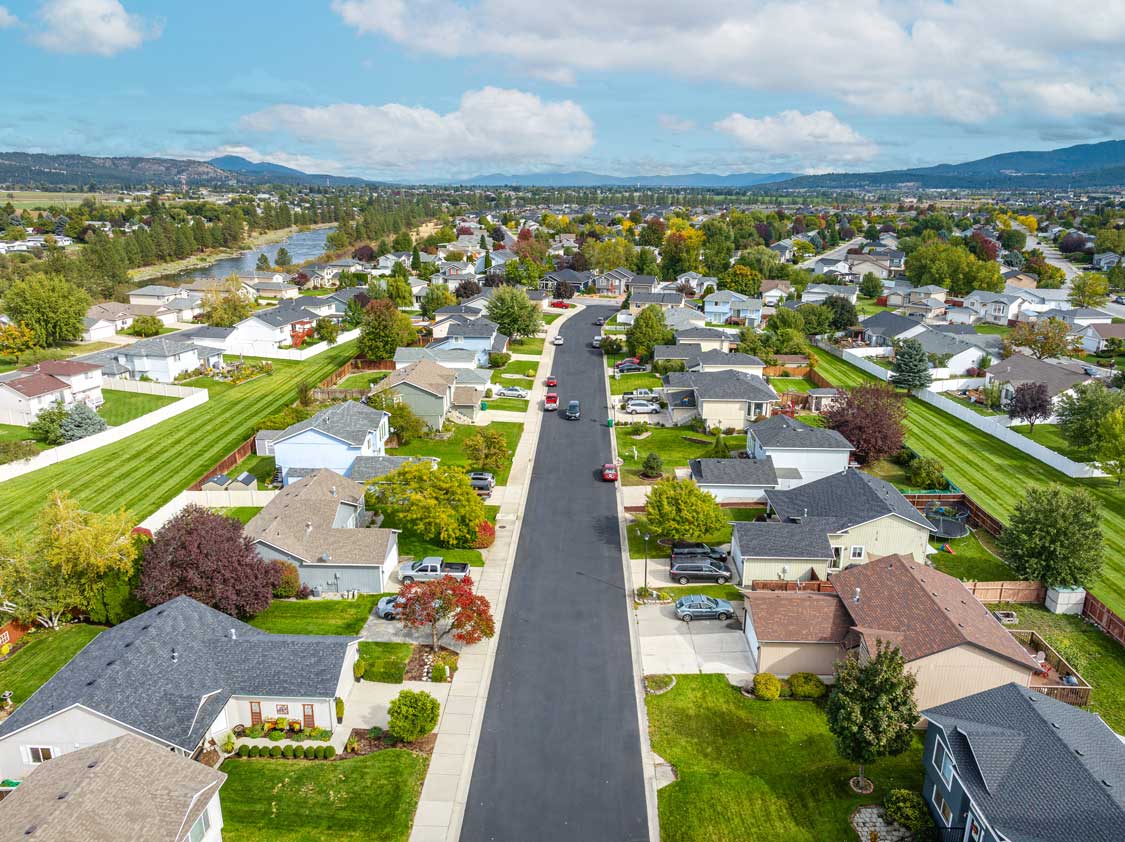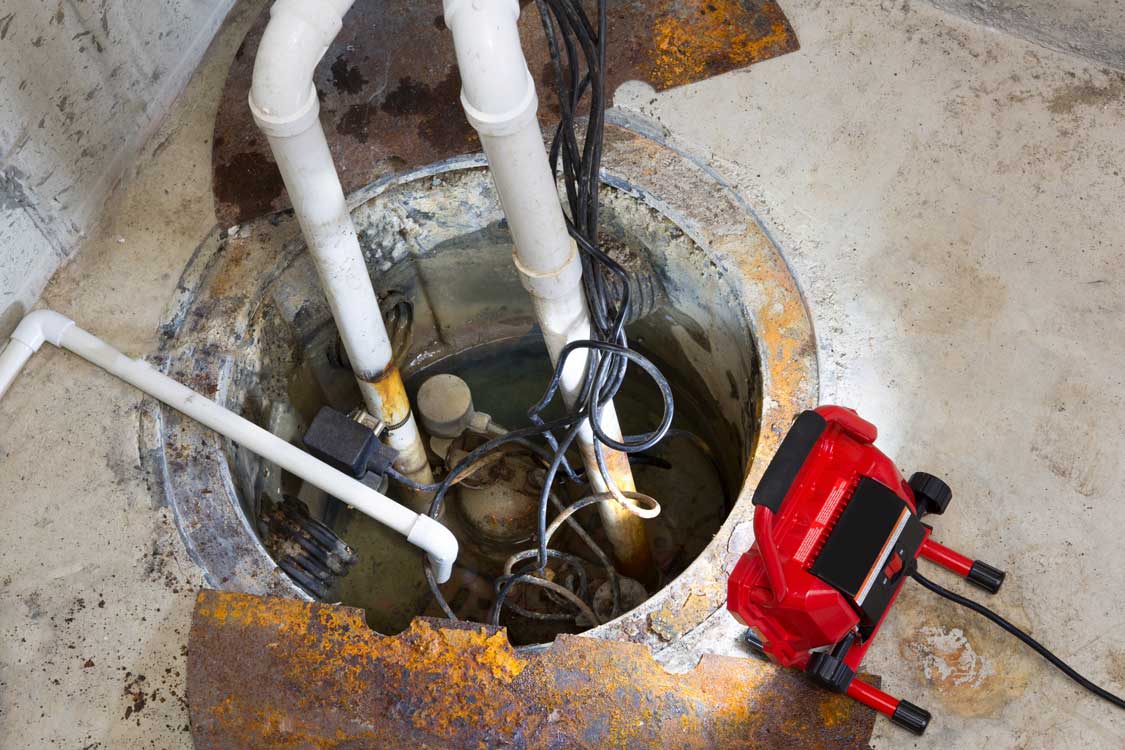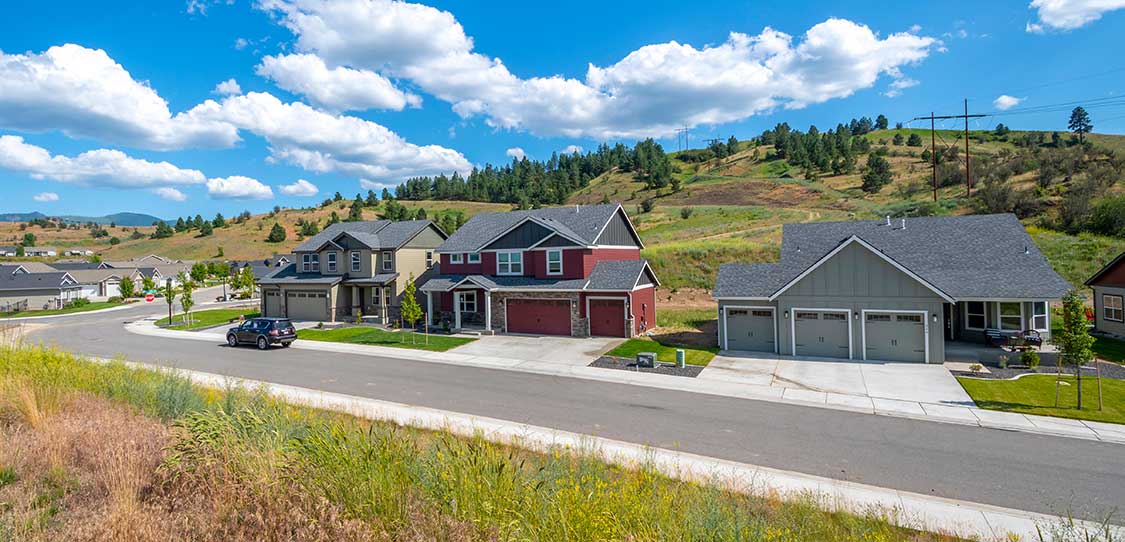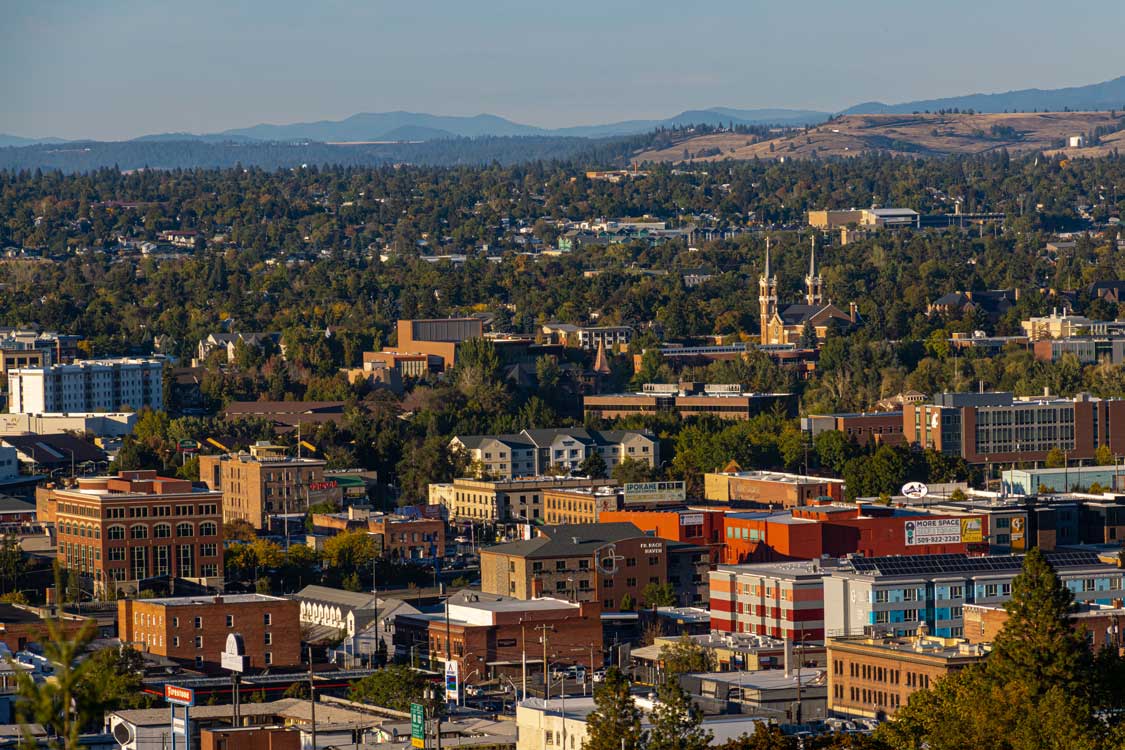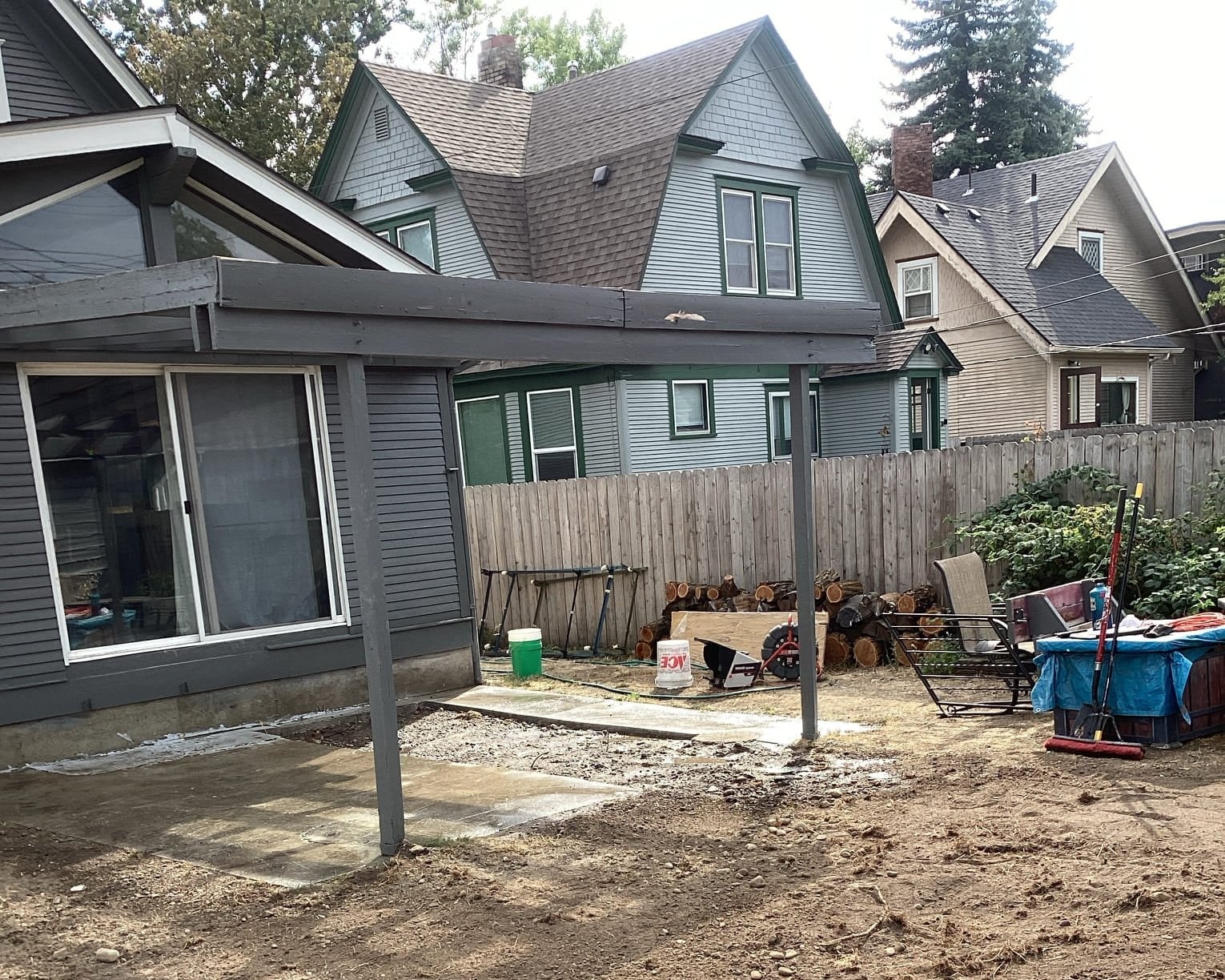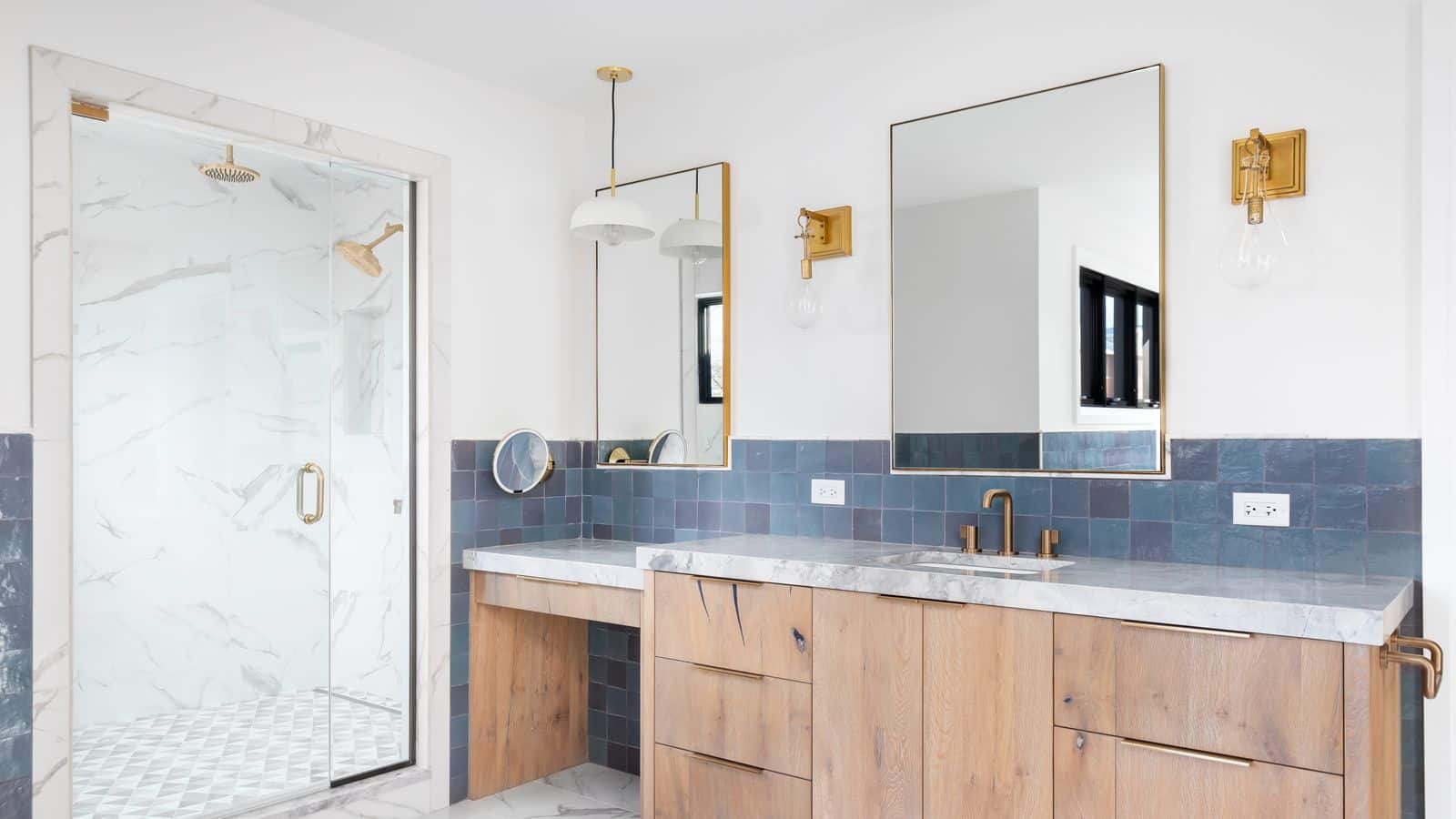Plumbing renovations can turn your routine upside down—suddenly, you’re navigating a maze of pipes and choices you didn’t even know existed. It might seem overwhelming at first, but it doesn’t have to be a stressful ordeal. Imagine boosting your home’s efficiency, enjoying smoother daily routines, and even increasing your property’s value. That’s what a well-planned plumbing remodel can do for you. We’ve walked this path with many homeowners, watching as careful planning and expert help transform daunting projects into straightforward successes. This step-by-step checklist is your guide to making the process as smooth as possible, turning a potential headache into a rewarding upgrade.
1. Evaluate Your Current Plumbing System
The first step in any plumbing remodel is to assess the condition of your current system. Check pipes, fixtures, and appliances for signs of damage, like leaks or corrosion. Older materials, such as galvanized pipes, may need replacement due to rust issues. Recurring problems like slow drains or low water pressure could indicate hidden complications. Think about whether the system can support future needs, such as additional bathrooms or high-demand appliances. A professional inspection can reveal issues and highlight areas needing improvement.
2. Set Clear Remodeling Goals
Having specific goals for your remodel helps you stay organized and focused. Are you updating a bathroom or kitchen, looking to cut water costs with efficient fixtures, or increasing your home’s resale value? Clearly define what you want to achieve. For example, installing water-saving toilets or a tankless water heater can reduce bills and make everyday life easier. By separating your top priorities from secondary upgrades, you can plan your budget wisely and avoid unnecessary expenses.
3. Establish a Realistic Budget
A plumbing remodel works best when paired with a realistic budget. Start by estimating the costs of materials, labor, and any potential extra expenses. Unexpected issues, like hidden pipe damage, can arise, so include a contingency fund to handle surprises. Avoid the temptation to tackle plumbing work on your own—mistakes can lead to expensive repairs. Hiring licensed plumbers ensures the job is done right and meets local building codes. While professional services may cost more upfront, they often save money by preventing future problems.
4. Consult with Professional Plumbers
Working with experts can make your remodel easier and more effective. Schedule an inspection with Bulldog Rooter to get a thorough evaluation of your plumbing system. Our experienced plumbers can refine your plans and suggest upgrades that align with your goals and budget. For instance, switching to durable PEX piping instead of copper can lower costs without sacrificing quality. By discussing your goals with a professional, you’ll receive a detailed estimate that keeps surprises to a minimum. Expert advice ensures your project stays on track from start to finish.
5. Obtain Necessary Permits and Compliance
Permits are often required for plumbing remodels, especially when relocating fixtures or replacing pipes. Research local requirements and make sure your project follows building codes. Skipping this step can lead to fines or delays during inspections. Bulldog Rooter can help simplify the permitting process and ensure all regulations are met. Letting professionals handle this step saves time and ensures everything is done correctly.
6. Plan the Plumbing Layout
A well-designed plumbing layout improves both functionality and efficiency. Collaborate with a professional to optimize the placement of pipes, fixtures, and appliances. Grouping water fixtures close together, for example, reduces installation costs and improves water flow. Consider leaving room for future upgrades, like an extra water heater or additional fixtures. A thoughtful layout minimizes disruptions and keeps the system running smoothly for years.
7. Choose Quality Materials and Fixtures
The materials and fixtures you select will determine the reliability and longevity of your plumbing system. Choose durable pipes, like PEX or CPVC, which resist corrosion and outlast older materials. For fixtures, opt for options that balance style and efficiency, such as low-flow faucets and showerheads that conserve water without sacrificing performance. While higher-quality materials may cost more initially, they often save money by reducing maintenance and replacement needs over time.
8. Schedule Demolition and Removal
Preparing for demolition is a key part of any plumbing remodel. Work with your plumber to safely remove old pipes, fixtures, and appliances. Clear the workspace by moving furniture or covering surfaces to avoid damage during the process. Proper disposal of outdated materials is also important to meet local regulations. Scheduling demolition in advance helps maintain a clean environment and sets the stage for installing new components.
9. Address Low Water Pressure Issues
Low water pressure can impact your plumbing system’s performance. Before moving forward with your remodel, identify areas in your home where the water pressure is too weak. Solutions might include upgrading outdated pipes, fixing leaks, or installing a pressure booster. For homes with significant issues, sump pumps can help manage wastewater efficiently. Tackling these problems during the remodel ensures a more effective and reliable system.
10. Install New Plumbing Components
The installation phase is when everything starts to come together. Whether adding new pipes, fixtures, or appliances, professional installation is key to ensuring safety and reliability. Stay in communication with your plumber to address any changes or concerns during this stage. For example, if a tankless water heater is part of the remodel, make sure its placement is optimized for efficiency. Proper installation guarantees your new system will last for years to come.
11. Test and Inspect the New System
After installation, thorough testing is essential to catch potential issues. Check for leaks, confirm that fixtures are working properly, and ensure water pressure meets expectations. Inspections also verify that the system complies with local codes and standards. Any problems that arise should be resolved immediately with your plumber to avoid long-term complications. This step provides confidence in the success of your remodel.
12. Final Walkthrough and Maintenance Planning
The last phase of the remodel involves a final walkthrough with your plumber. Take this opportunity to get familiar with the new system and ask questions about maintenance or operation. Schedule regular upkeep, like drain cleaning, to prevent clogs and maintain performance over time. Consistent maintenance protects your investment and keeps your plumbing system in great shape.
Upgrade Your Home with Bulldog Rooter’s Plumbing Expertise
Transforming your plumbing system doesn’t have to be a daunting task. With Bulldog Rooter by your side, you can navigate the remodeling process with confidence and ease. Our team of skilled plumbers has the knowledge and experience to guide you every step of the way, from initial planning to final inspection.
We understand that a plumbing remodel is a significant investment in your home. That’s why we prioritize transparency, quality workmanship, and exceptional customer service. Our upfront pricing means you’ll never be caught off guard by hidden fees or surprises. We’re committed to delivering reliable, honest service that exceeds your expectations.
Whether you’re updating a single bathroom or overhauling your entire home’s plumbing, Bulldog Rooter has the expertise to ensure a successful outcome. We’re available 24/7 to handle any emergencies that may arise during the remodeling process. With our help, you can enjoy a more efficient, functional, and stylish plumbing system that enhances your daily life and boosts your property value.
Take the first step towards your dream plumbing system today. Call us at (509) 687-7001 or email [email protected] to schedule your consultation. Bulldog Rooter: tackling tough clogs so you can get back to what matters most.


